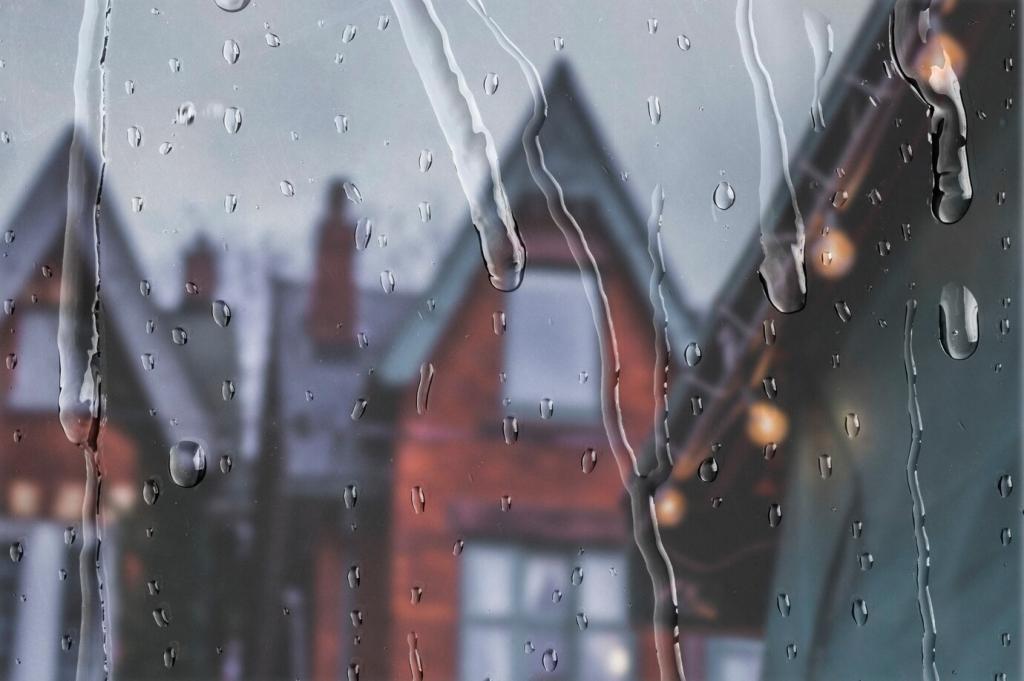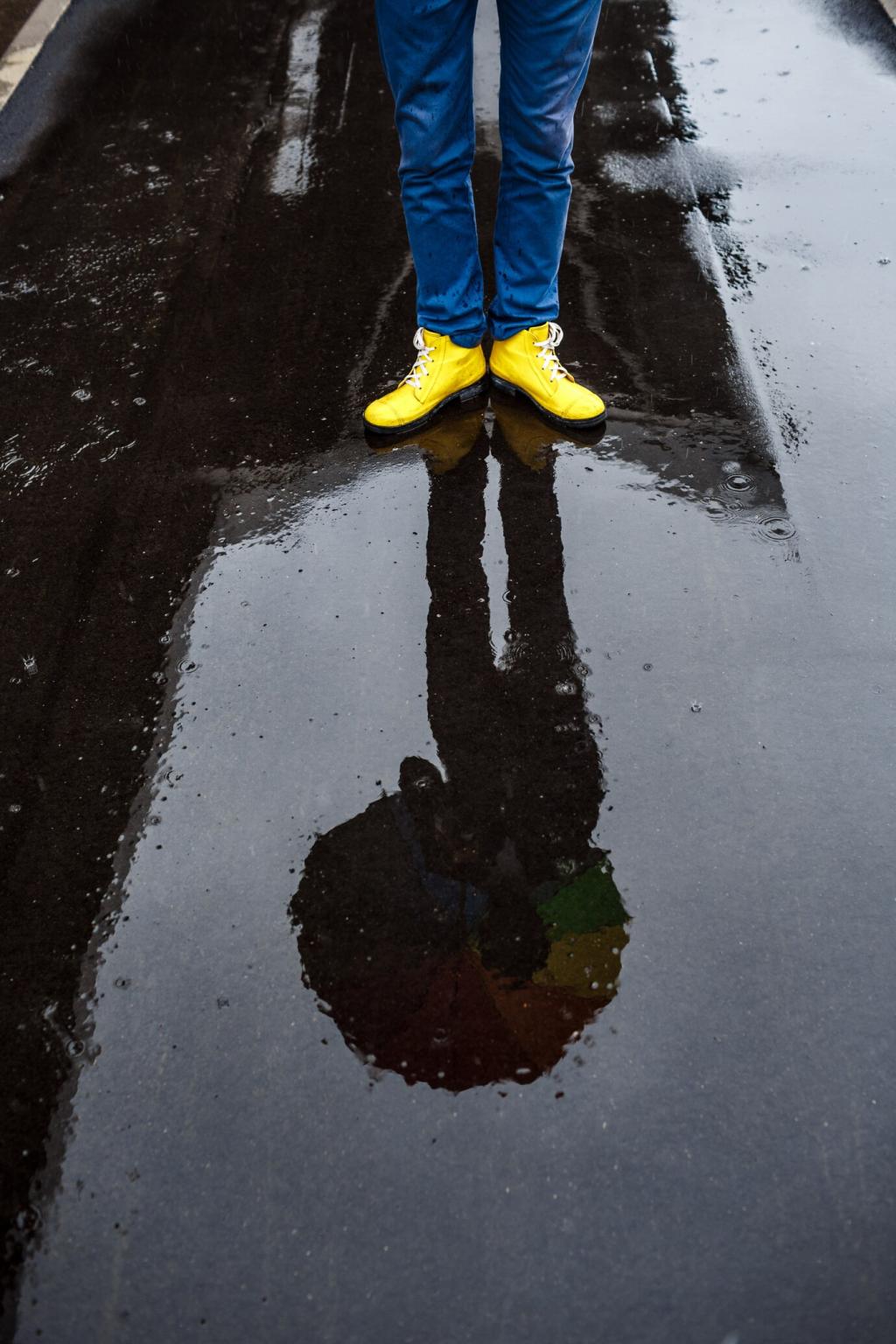
Stop Rust Before It Starts: Protect Your Metal Patio Sets
Chosen theme: Rust Prevention for Metal Patio Sets. Learn practical, science-backed tactics to keep your outdoor metal furniture strong, beautiful, and rust-free through every season. Join the conversation, share your climate challenges, and subscribe for timely upkeep reminders.
How Rust Happens on Patio Furniture
Moisture, Oxygen, and Time
Rust forms when iron meets oxygen and water, and patios offer all three—morning dew, sprinkler overspray, and sudden showers. Add dust, salts, and acids from rain, and the reaction accelerates. Break the moisture cycle, and you break rust.
Know Your Metal
Steel and wrought iron can rust; cast aluminum does not rust but can oxidize with a chalky film. Mixed materials are common: aluminum frames, steel hardware, and rubber feet. Identify each part to choose the right cleaner, primer, and protective finish.
Climate Check: What’s Your Risk?
Coastal wind brings salt that clings to coatings. Pool areas add chlorine and acid vapors. In cold regions, freeze–thaw traps moisture inside joints. Tell us your climate in the comments so we can tailor reminders and seasonal tips for your region.


Everyday Habits That Prevent Rust
Weekly, rinse away salt, pollen, and dust. Wash gently with a soft sponge and mild soap, then dry completely with microfiber. Water left at seams creeps under coatings. A two-minute towel dry after rain prevents hours of hidden oxidation.
Fix Small Problems Early
Spot Treatment: From Flake to Fresh
Scrape loose rust, sand to bright metal, wipe clean, and apply a rust converter if needed. Prime with zinc-rich or etching primer, then topcoat in thin layers. Let each layer cure fully. A patient repair today prevents widespread corrosion tomorrow.
Touch-Up Paint That Blends
Feather the edges of old paint, mask lightly, and spray multiple light passes to avoid sags. Wet-sand between coats for a seamless blend. Match RAL or manufacturer colors when possible. Share your before-and-after photos—we love highlighting reader restorations.
A Quick Story: The Wrought-Iron Rescue
My neighbor Maya nearly scrapped her heirloom café set after one rainy season. One afternoon, we sanded, primed with zinc, and enamelled. The next morning’s reveal felt like new furniture and a saved tradition. Tell us your rescue story below.
Hardware, Joints, and Hidden Rust Traps
Upgrade to Stainless or Coated Bolts
Swap carbon-steel hardware for stainless. Grade 304 suits most yards; choose 316 near coasts for added chloride resistance. Use nylon-insert lock nuts and washers to protect coatings. A dab of anti-seize prevents galling when assembling stainless-on-stainless parts.
Seal the Entry Points
Cap open tube ends and seal hairline gaps around bolts with a thin bead of clear exterior silicone. Add plastic caps to feet and heat-shrink sleeves where appropriate. It’s a small weekend job that blocks years of sneaky water ingress.
Stop Galvanic Corrosion
When aluminum touches steel in the presence of moisture, aluminum sacrifices first. Isolate dissimilar metals with nylon washers, paint between surfaces, or use dielectric grease. If you solved a galvanic issue, drop your fix in the comments to help others.
Coastal Playbook
Rinse after windy days, then dry thoroughly. Apply a thin film of corrosion inhibitor like Boeshield T‑9 or Fluid Film monthly during peak salt exposure. Shade helps, too—UV can stress coatings. Tell us your seaside routine and we’ll compile reader tips.
Poolside Chemistry
Chlorine and muriatic acid fumes accelerate corrosion. Keep furniture slightly away from splash zones, remove damp towels promptly, and rinse after heavy pool use. During pool maintenance days, store pieces upwind or inside until the air clears and surfaces dry.
Garden Hazards
Fertilizers and wet soil splashes deposit salts on legs and lower frames. Use saucers under planters, add paver pads to raise furniture, and wipe legs after watering. A quick hose rinse followed by drying stops stubborn deposits from chewing at coatings.
Your Seasonal Rust-Prevention Checklist
Deep clean, inspect every joint, and touch up nicks. Wax or apply inhibitor to high-touch zones like armrests. Tighten hardware and photograph each piece to track changes. Download our free checklist and print it for your garage wall.
Your Seasonal Rust-Prevention Checklist
Do a ten-minute monthly check: rinse, dry, re-wax edges, and reapply inhibitor after storms. Address tiny paint chips immediately. Subscribe for calendar reminders so these micro-tasks become effortless habits instead of last-minute weekend marathons.
Your Seasonal Rust-Prevention Checklist
Before storage, clean, repair, and let paint fully cure. Use breathable covers, elevate legs, and add desiccant packs if stored in sheds. In freezing climates, bring pieces indoors. Share your storage setup—we’ll feature clever space-saving solutions.
